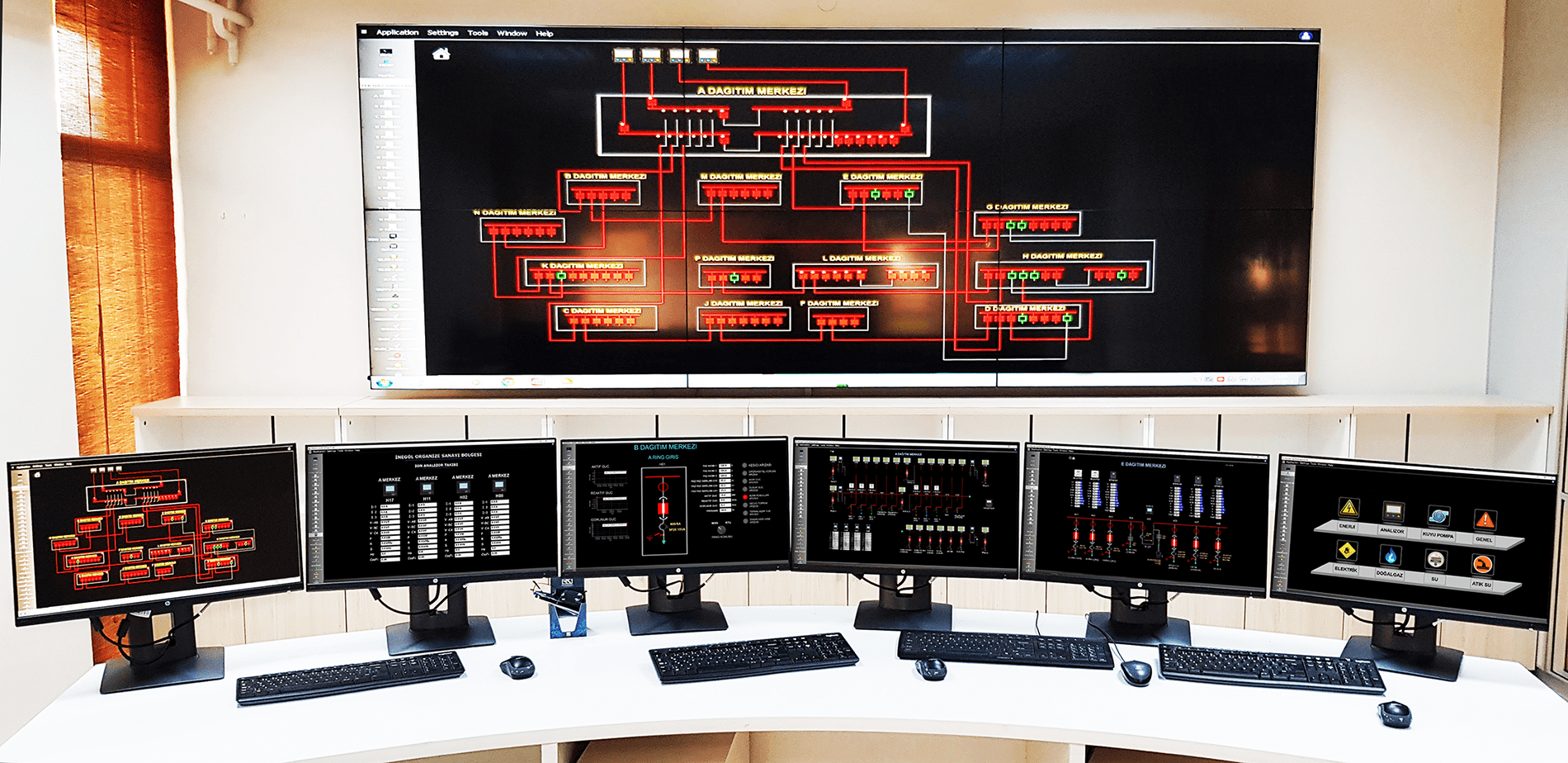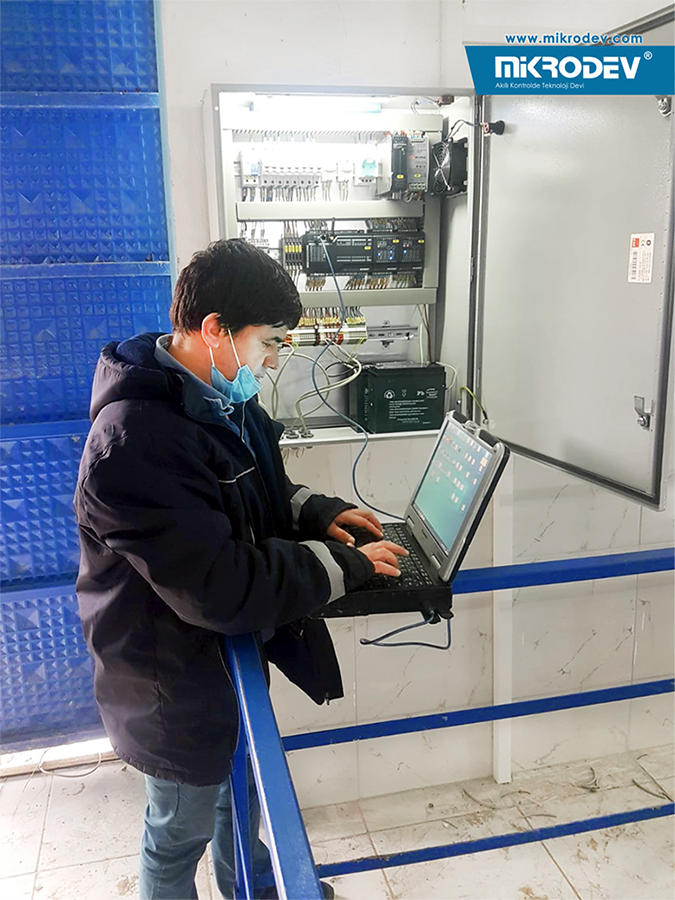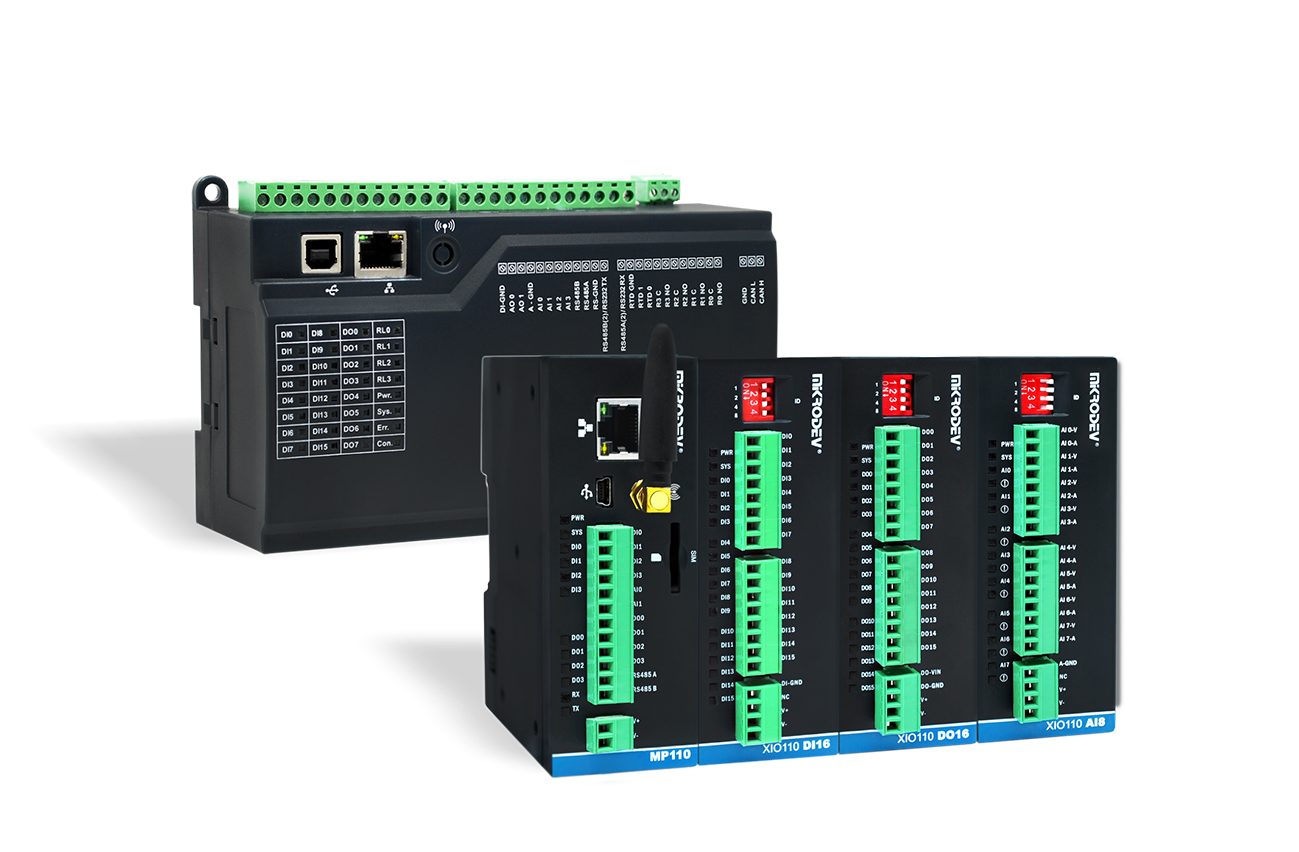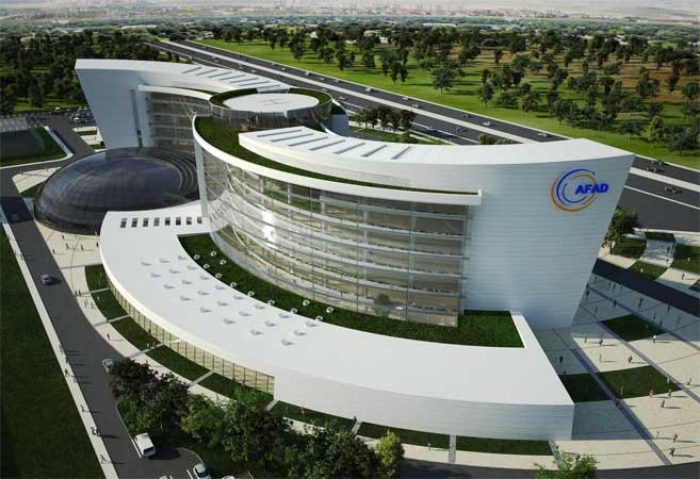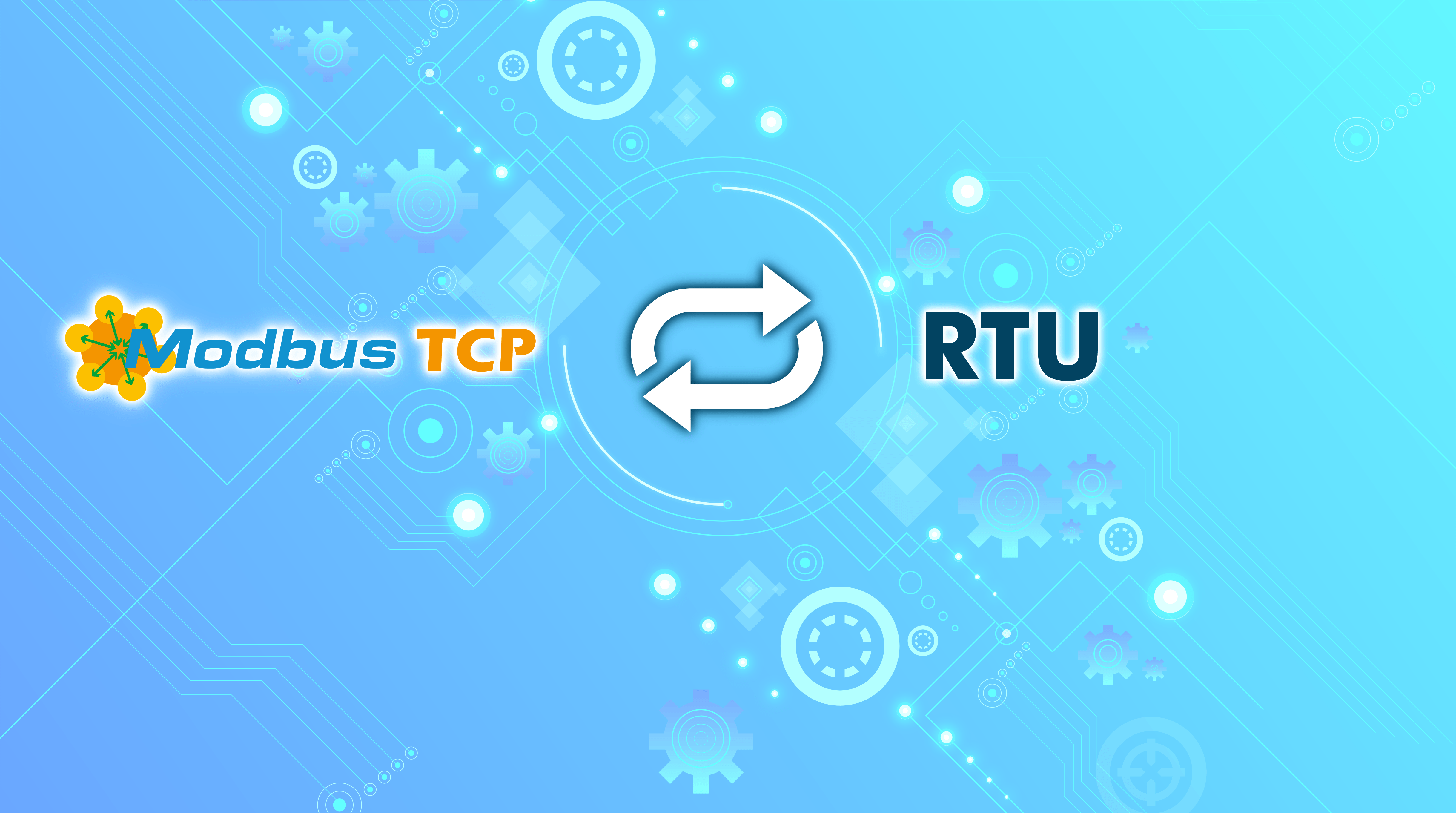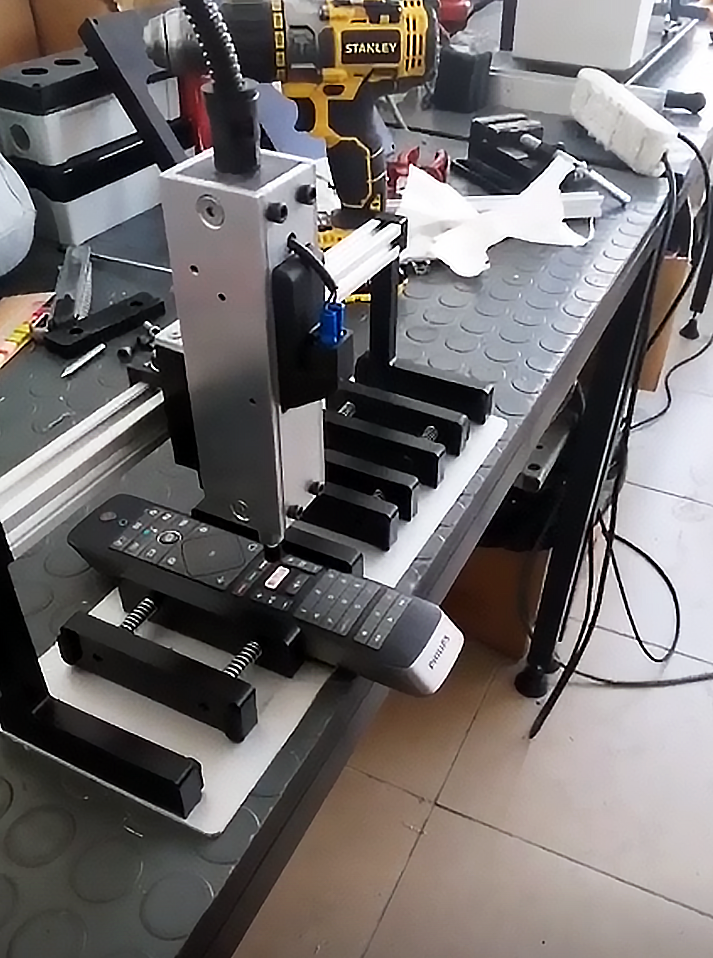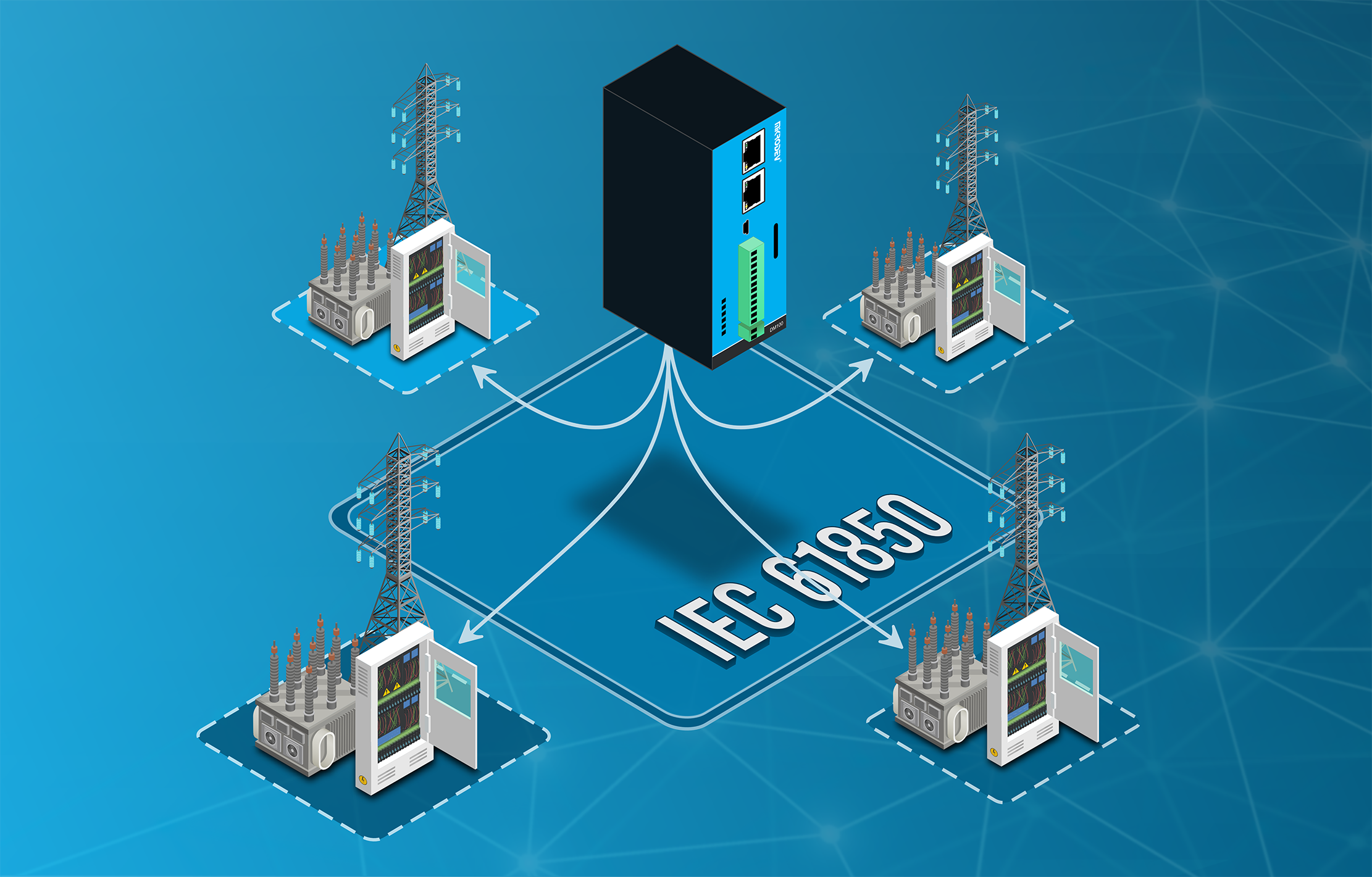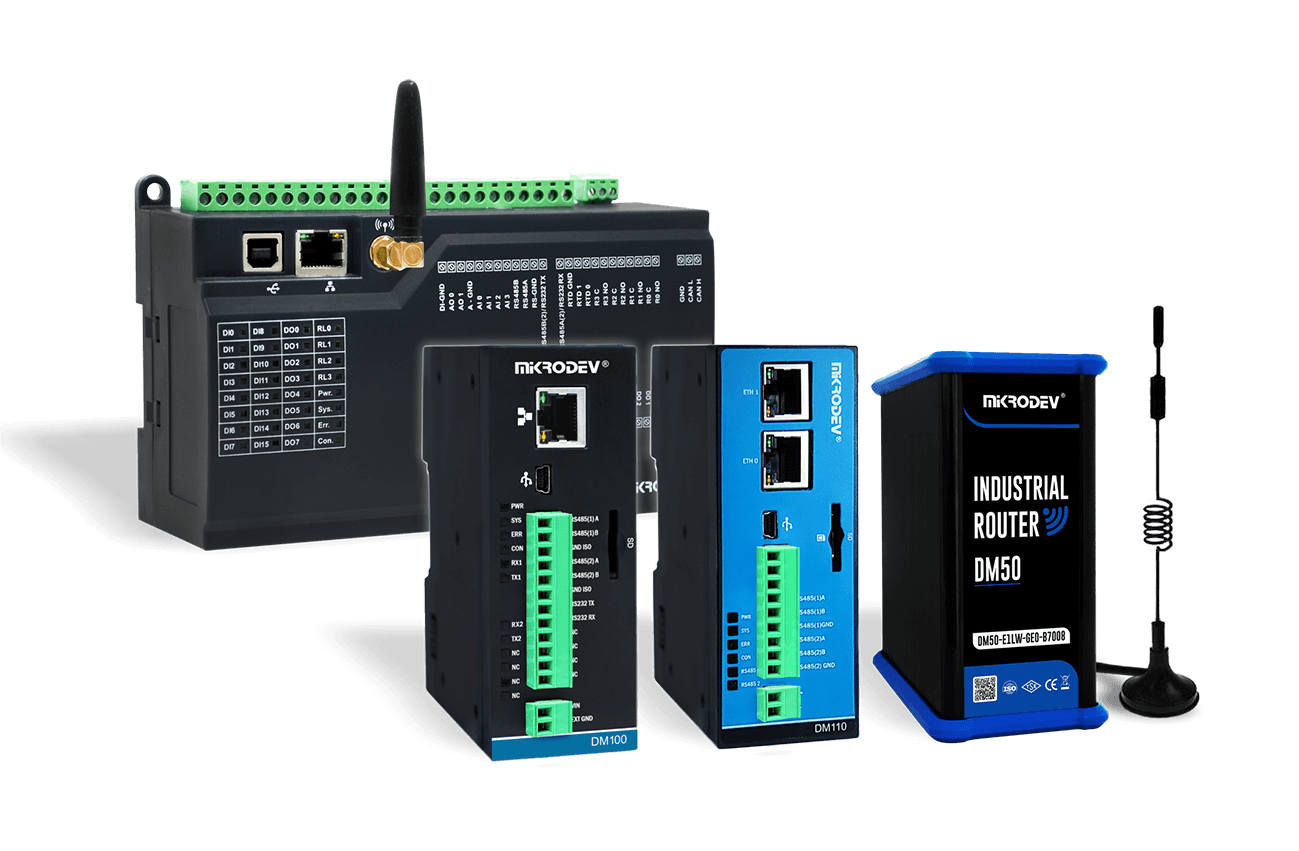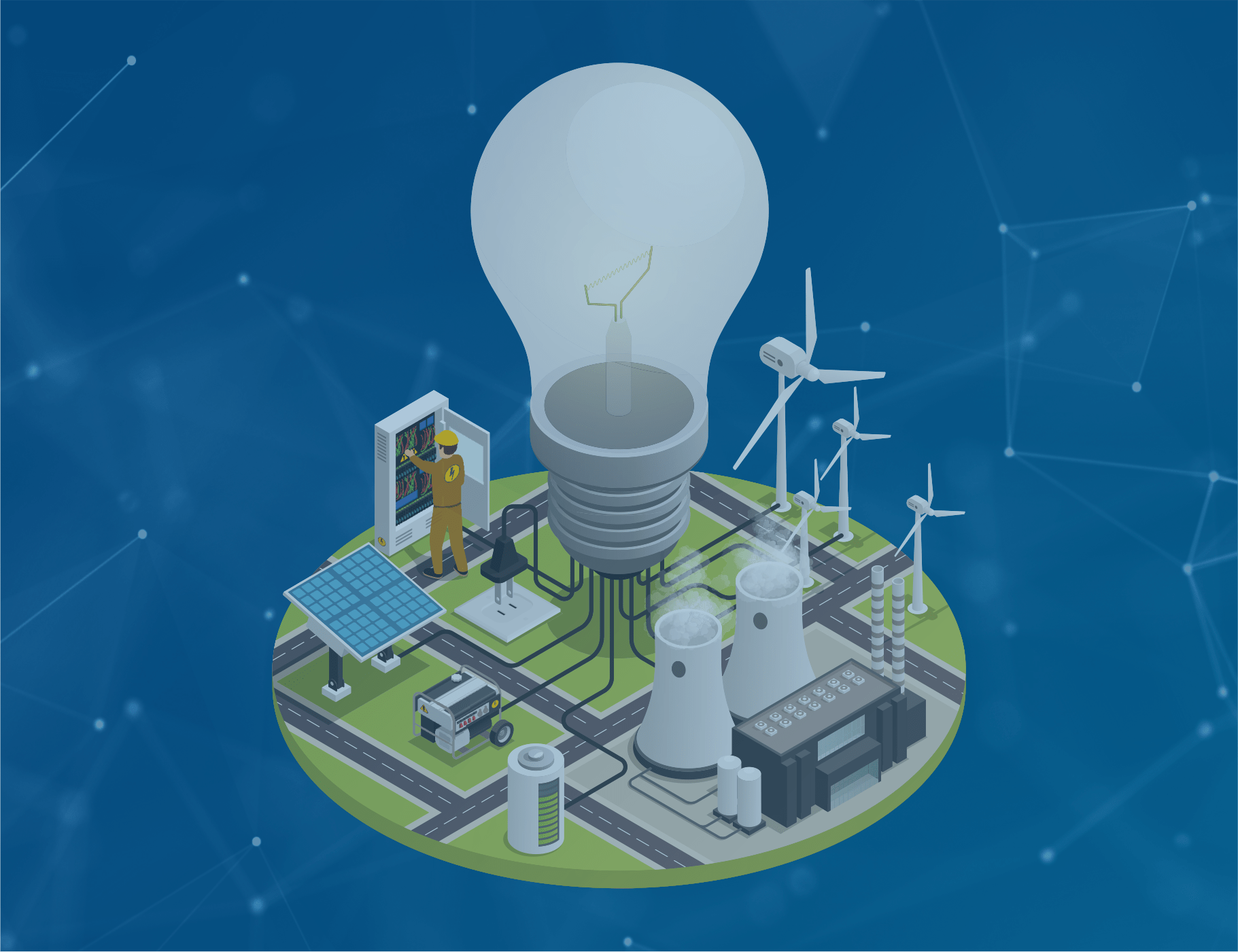In the intricate world of industrial automation and control, SCADA emerges as a transformative force. It serves as the backbone for streamlining monitoring and management across a myriad of sectors, from manufacturing to energy, transportation, and telecommunications. SCADA, short for Supervisory Control and Data Acquisition, acts as the conductor, harmonizing operations seamlessly within these industries. Let’s embark on a journey to uncover the essence of SCADA, its intricate workings, and glean insights into its profound impact through real-life anecdotes.

What is SCADA?
At its core, SCADA is a system of hardware and software components that work together to gather data, monitor processes, and control industrial operations remotely. It serves as a centralized hub that collects information from sensors, meters, and other devices in real-time. This data is then processed, analyzed, and presented to human operators through a graphical user interface (GUI) for monitoring and decision-making. Additionally, SCADA systems can issue commands to control devices and processes automatically.
Components of SCADA
RTUs (Remote Terminal Units): These are field devices responsible for interfacing with sensors, actuators, and other equipment at the remote sites. RTUs collect data from these devices and transmit it to the SCADA system.
PLCs (Programmable Logic Controllers): Often used in conjunction with RTUs, PLCs are industrial computers programmed to automate control processes based on input from sensors. They ensure that machinery and processes operate efficiently and safely.
SCADA Master Station: This is the central component of the SCADA system, responsible for collecting data from RTUs/PLCs, processing it, and providing a user interface for operators to monitor and control the industrial processes.
Communication Infrastructure: SCADA systems rely on robust communication networks to transmit data between the master station and remote sites. These can include wired connections (such as Ethernet) or wireless technologies (like radio, cellular, or satellite communication).
How SCADA Works
Data Acquisition involves the collection of data from sensors and devices in the field, such as temperature, pressure, and flow rate, by RTUs and PLCs. This data is then transmitted to the SCADA master station via communication networks for further processing. At the master station, the received data undergoes analysis and is stored in databases for historical records. Operators interact with the SCADA system through an intuitive Human-Machine Interface (HMI), where they can visualize real-time data, trends, alarms, and control industrial processes as needed. Additionally, the SCADA system utilizes predefined algorithms and operator inputs to issue commands for controlling devices and processes, ensuring optimal performance and safety.
SCADA Examples
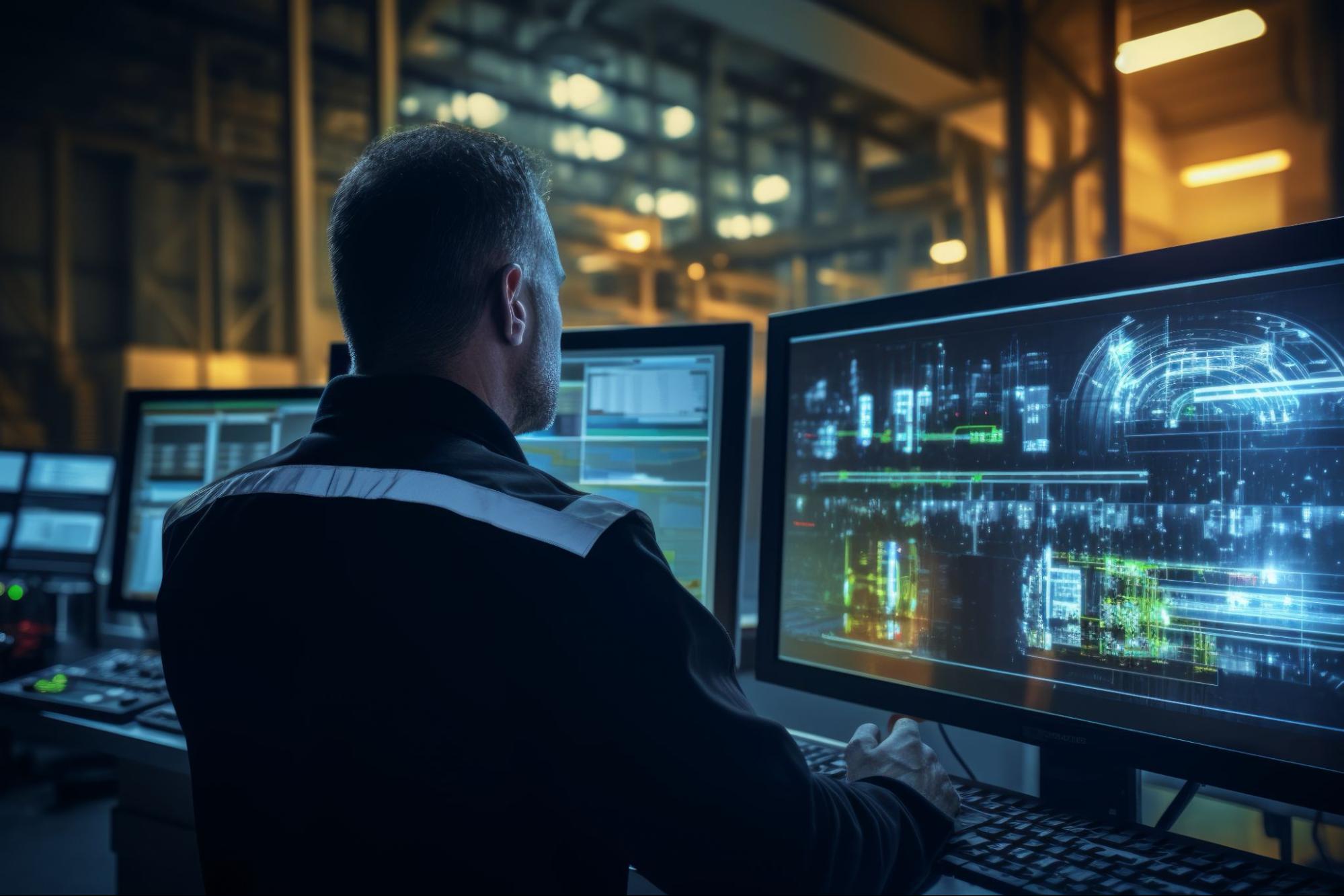
Water Treatment and Distribution
Water treatment plants utilize SCADA systems to ensure the purification and distribution of clean water to communities. Here’s how SCADA is applied:
Monitoring Water Quality: SCADA continuously monitors parameters such as pH levels, turbidity, chlorine levels, and dissolved oxygen to ensure water quality meets regulatory standards.
Control of Treatment Processes: SCADA systems control the operation of pumps, valves, and chemical dosing systems to optimize the treatment process. For example, they regulate the addition of chemicals like chlorine for disinfection or coagulants for sediment removal.
Remote Monitoring of Distribution Networks: SCADA monitors water flow rates, pressures, and levels in reservoirs and pipelines across the distribution network. This allows operators to detect leaks, pressure drops, or other anomalies in real-time.
Electrical Power Grid Management
SCADA is crucial for the efficient operation and management of electrical power grids, ensuring reliable electricity supply to consumers. Here’s how SCADA is applied in the power sector:
Monitoring Substations and Equipment: SCADA monitors the status and performance of substations, transformers, circuit breakers, and other equipment in the power grid. It tracks parameters like voltage, current, and power flow.
Grid Control and Load Management: SCADA systems control the flow of electricity, manage load distribution, and balance power generation from different sources (such as coal, natural gas, renewable energy) to maintain grid stability.
Fault Detection and Response: SCADA quickly detects faults, outages, or abnormalities in the grid and initiates automated responses such as re-routing power, isolating faulty sections, or shedding non-critical loads to prevent widespread blackouts.
Oil and Gas Production
In the oil and gas industry, SCADA systems are instrumental in managing extraction, processing, and transportation operations. Here’s how SCADA is applied in oil and gas production:
Wellhead Monitoring and Control: SCADA monitors parameters such as wellhead pressure, temperature, flow rates, and chemical injection levels to optimize production and ensure equipment integrity.
Pipeline Monitoring and Control: SCADA systems oversee the operation of pipelines, valves, and pumps for transporting oil and gas. They detect leaks, pressure fluctuations, and unauthorized access, enabling prompt intervention to prevent environmental damage or safety hazards.
Remote Terminal Operations: SCADA facilitates remote control and monitoring of remote terminal facilities such as storage tanks, pumping stations, and metering stations. It ensures efficient inventory management, product transfer, and compliance with safety regulations.
Manufacturing and Industrial Processes:
Manufacturing plants rely on SCADA systems to streamline production processes, enhance efficiency, and maintain product quality. Here’s how SCADA is applied in manufacturing:
Production Line Monitoring: SCADA monitors equipment status, production rates, and quality control parameters on assembly lines, ensuring smooth operation and timely identification of issues.
Inventory Management: SCADA tracks raw material inventories, work-in-progress, and finished goods in warehouses, enabling efficient supply chain management and just-in-time production.
Energy Management: SCADA optimizes energy usage by monitoring energy consumption patterns, controlling equipment based on demand, and identifying opportunities for energy conservation.
Conclusion
SCADA technology has revolutionized the way industries operate by providing real-time visibility, control, and automation of complex processes. Its applications span across diverse sectors, driving operational efficiency, cost savings, and improved safety. As industries continue to evolve, SCADA remains at the forefront, empowering organizations to streamline operations and stay competitive in today’s dynamic business landscape.

